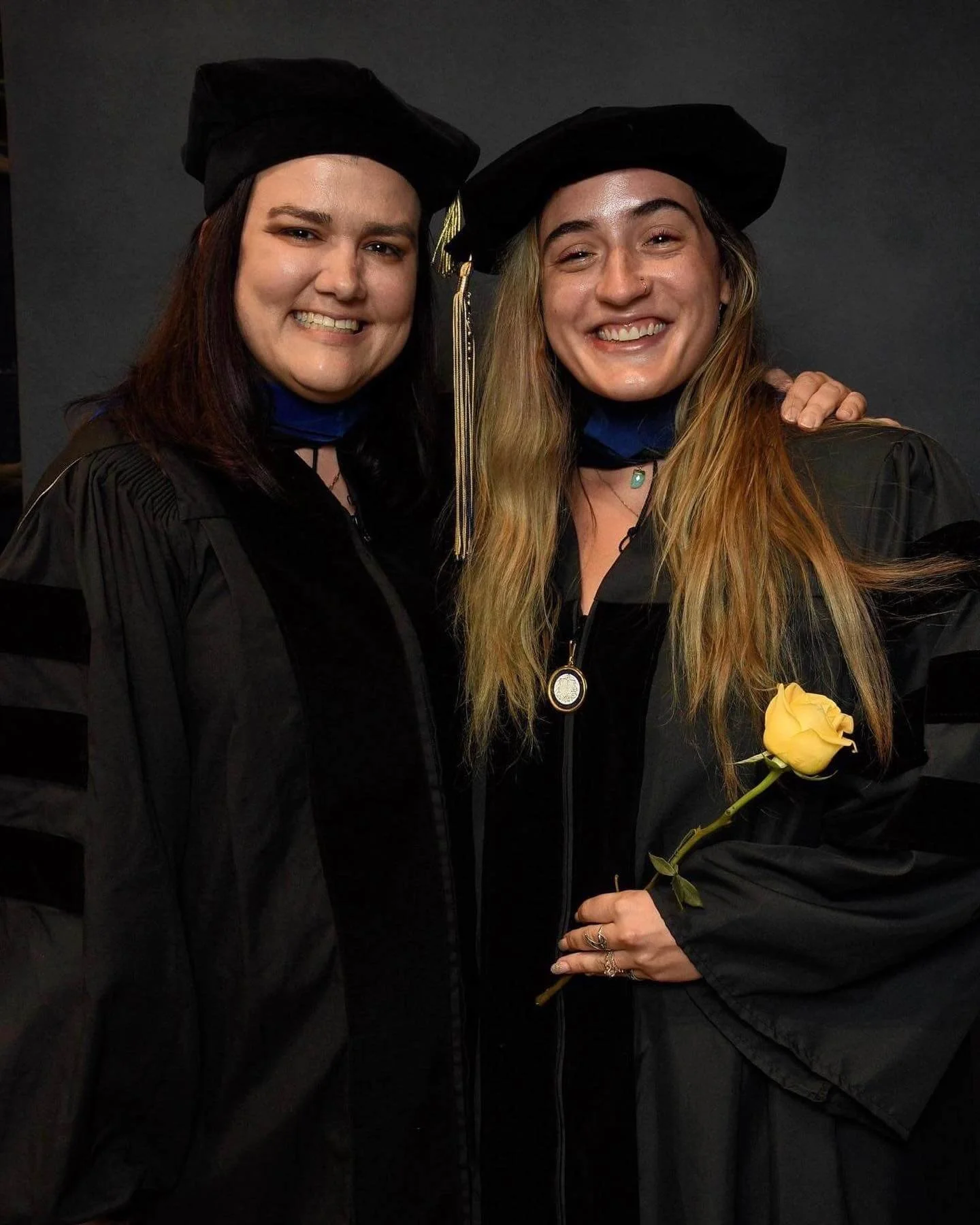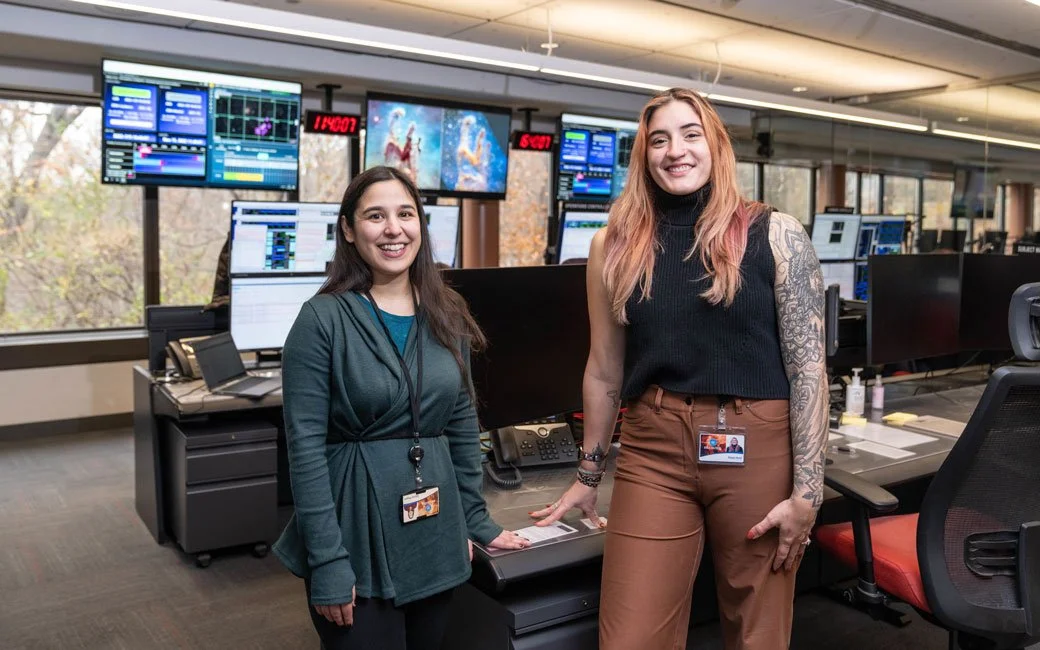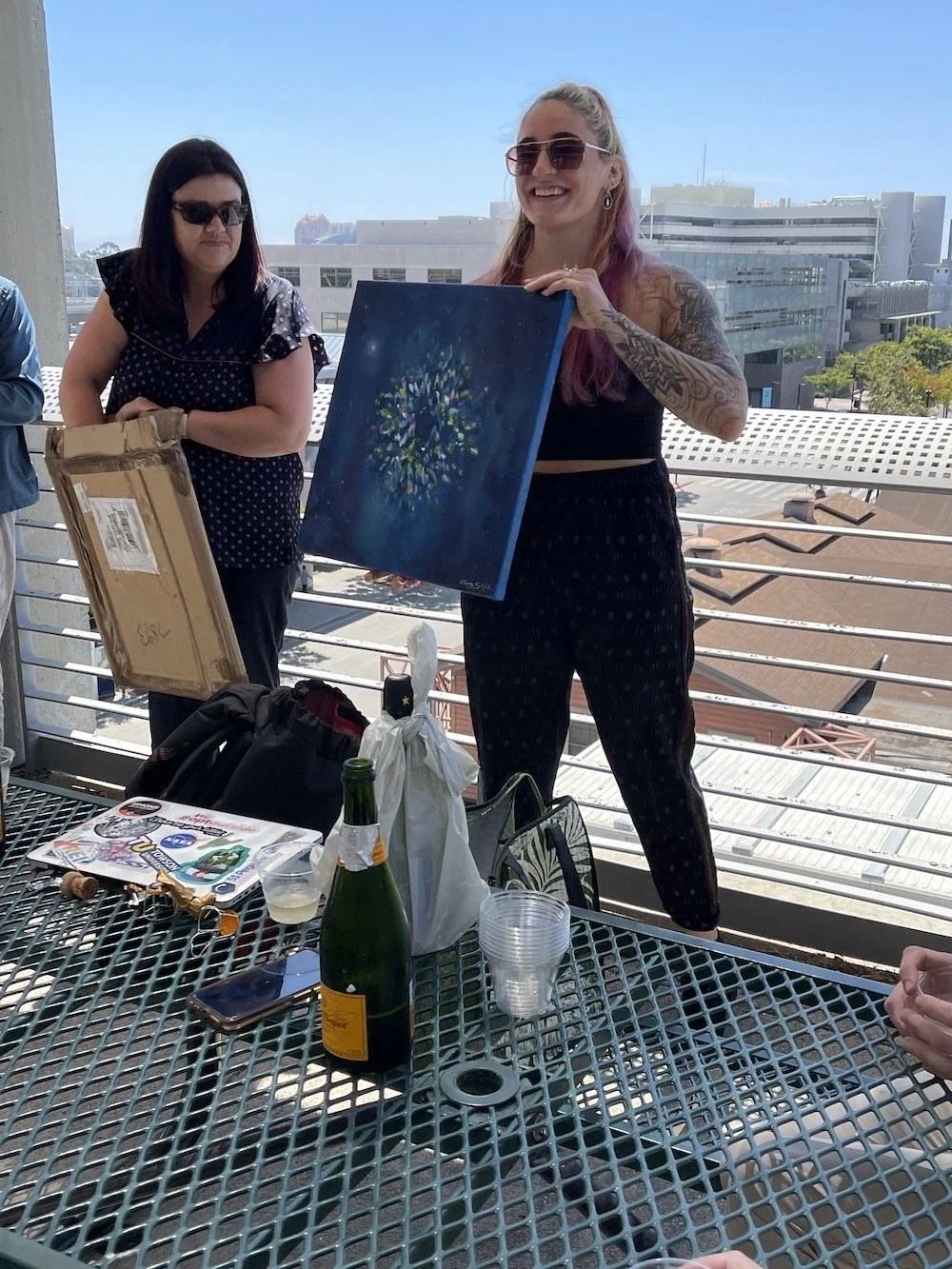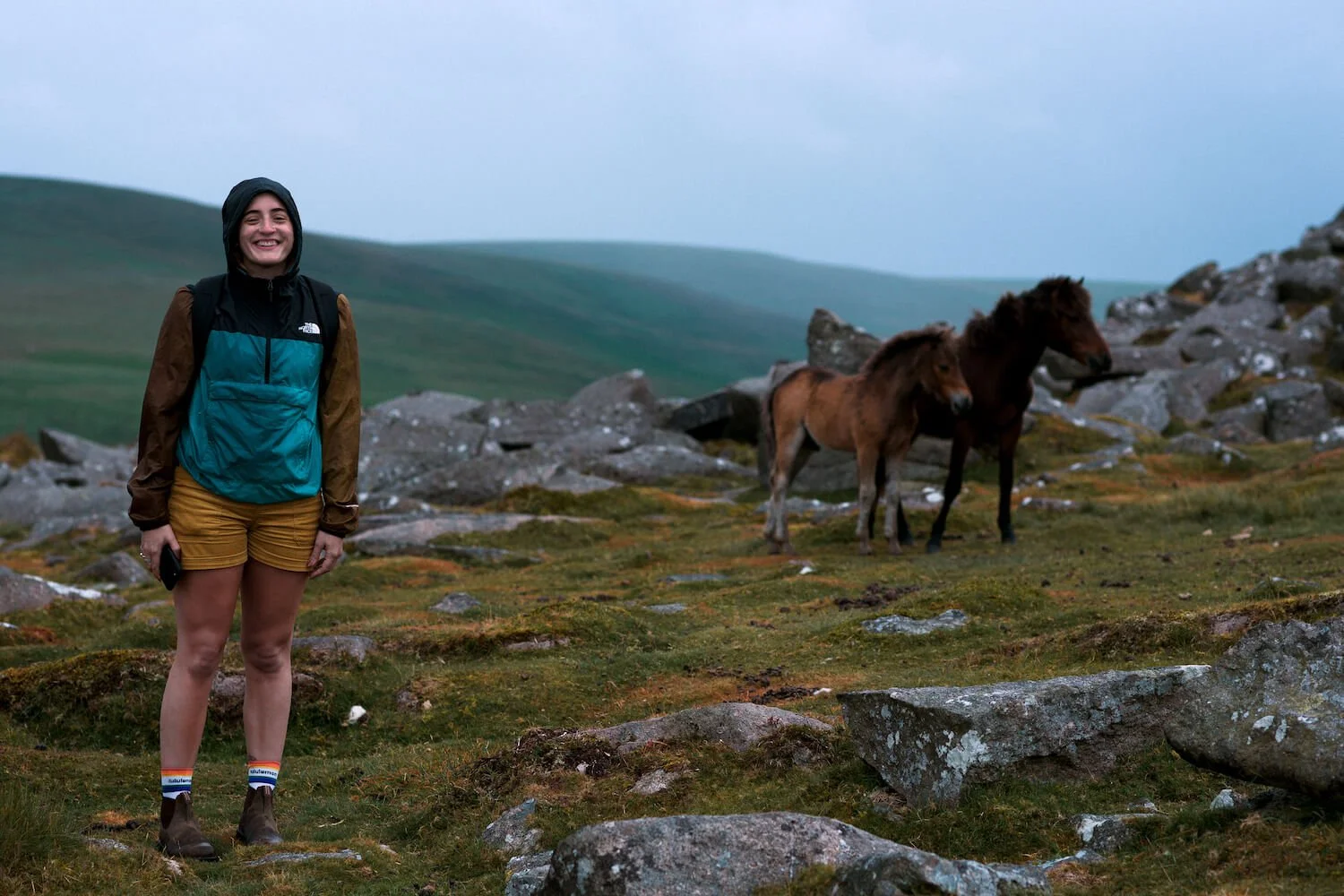About Dr. Kielan K. W. Hoch
I am a Giacconi Fellow at the Space Telescope Science Institute (STScI) in Baltimore, Maryland, USA. I work on ground-based and space-based high contrast spectroscopy of directly imaged exoplanets to characterize and understand their atmospheres. One of the most fundamental questions in astronomy is how planets are formed. Using spectroscopy, we can begin to test what atmospheric properties can be used to trace planet formation history.
My current projects involve reducing, analyzing, and modeling my Cycle 1 JWST NIRSpec IFU and MIRI LRS data, as well as Keck OSIRIS IFU data. I am currently the PI of a JWST Cycle 1 program (ID #2044) to directly image and obtain spectra of two Jovian exoplanets (TYC-8998-760-1 b & c) orbiting a sun-like star and a member of the JWST telescope scientist team working as a project-level member on coronagraphic imaging.
I started my career in exoplanet research while I was a Ph.D student at UC San Diego in La Jolla, California, USA.
During my Ph.D, I was working on and leading the “OSIRIS Directly Imaged Planets Survey,” obtaining moderate resolution (R~4,000) near-infrared spectra of directly imaged companions. I reduced, analyzed, and modeled the atmospheres of these exoplanets and measured their carbon-oxygen (C/O) ratios, a theorized formation tracer. I also compiled C/O ratios measured from giant transiting planets and compared them to directly imaged planet ratios. I found a potential trend with companion mass, indicating there may be two distinct populations of giant planets forming via separate methods. Towards the end of my Ph.D, I led a JWST Cycle 1 proposal to conduct similar analyses on the multi-planet system, TYC-8998-760-1, but this time pushing into a wavelength regime not accessible from the ground. These spectroscopy projects are increasing our knowledge of planet formation and starting the process of bridging the gap between transiting spectroscopy and direct imaging spectroscopy.
I graduated summa cum laude from Towson University (TU) in Towson, Maryland, USA with a Bachelor of Arts in Physics.
During my undergraduate career I interned for three summers at the Johns Hopkins Applied Physics Lab in Laurel, Maryland, USA, working on surface mapping of asteroids and the martian moons, Phobos and Deimos. This work resulted in the publication and release of the Small Body Mapping Tool (SBMT). During the semesters at TU, I worked on a general relativity project and spectroscopy of supernova remnants.
Prior to my physics and astronomy trajectory, I was a dance major and had no math or science background.
The Towson Physics, Astronomy, and Geosciences department were heavily supportive of my decision to change career paths and I continue to visit and mentor current (and former) students. I was even an adjunct faculty member, subbing for professors and teaching lab courses throughout graduate school. With TU being a public university, it has a diverse student body, and I aim to strengthen the relationship between TU and STScI to provide opportunities for students to get involved in space-based science. I am very passionate about diversity and inclusion in STEM related and adjacent fields. I believe in making science accessible to all who are interested.























